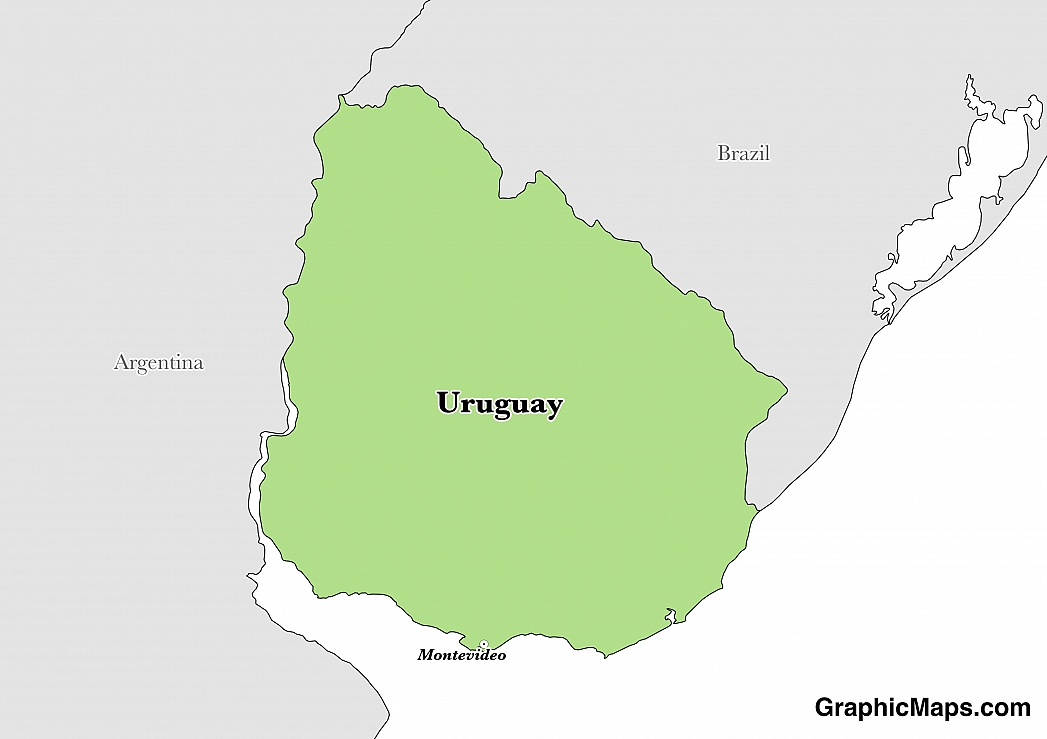The official language of Uruguay is Spanish, although a number of other languages are also recognized as important in this country. The Spanish language makes up part of the Indo-European language family and belongs to the Ibero-Romance subgroup. It uses the same Latin alphabet as the English language, although includes the letter “ñ”. Additionally, accent marks may be used above vowels in certain words to denote the need to enunciate the syllable. English is also spoken in Uruguay and primarily used for business.
Approximately 99% of the population of Uruguay speaks Spanish, making it the major language. It is used for government communication, media publications, and in education. The second most widely used language in this country is Uruguayan Portuguese, which is spoken by around 15% of the population. Its use is concentrated in the northern part of the country, close to the border with Brazil. In roughly the same area, Portuñol (a combination of Portuguese and Spanish) can often be heard.
The Spanish spoken in Uruguay is classified as a special dialect known as Rioplatense. It is similar to the dialect used in Argentina, which makes common use of the voseo form. Voseo, or vos, is used in place of the term tú, the informal use of the English pronoun you. In addition to this particular dialect, Uruguayans also use a number of unique phrases that are useful to know if traveling to the country. Instead of saying “ok” as many Spanish-speaking individuals do, people in Uruguay are more likely to say “ta” or “da”. Another different in common words is the use of “frutilla” for strawberry, instead of the word “fresa”.
In addition to Spanish, Portuguese, and Portuñol, a number of other minority languages can also be heard in Uruguay. These minority languages are primarily spoken by immigrants or descendents of immigrants and include some of the following languages: Catalan, Italian, Lithuanian, Corsican, Russian, and Galician. The total number of speakers of all of these languages combined is estimated at only around 165,000 individuals.
This page was last modified on May 1st, 2018
More on Graphicmaps

Published on 2019-11-06
What is a Trade Embargo?

Published on 2019-11-04
Which Two Countries Used to Have the Same Flag?

Published on 2019-09-16
What Is the Only Two-Sided State Flag?

Published on 2019-09-16
Which Country Flag Looks Like the Texas Flag?

Published on 2019-08-29
Flags That Resemble the US Flag

Published on 2019-08-20
